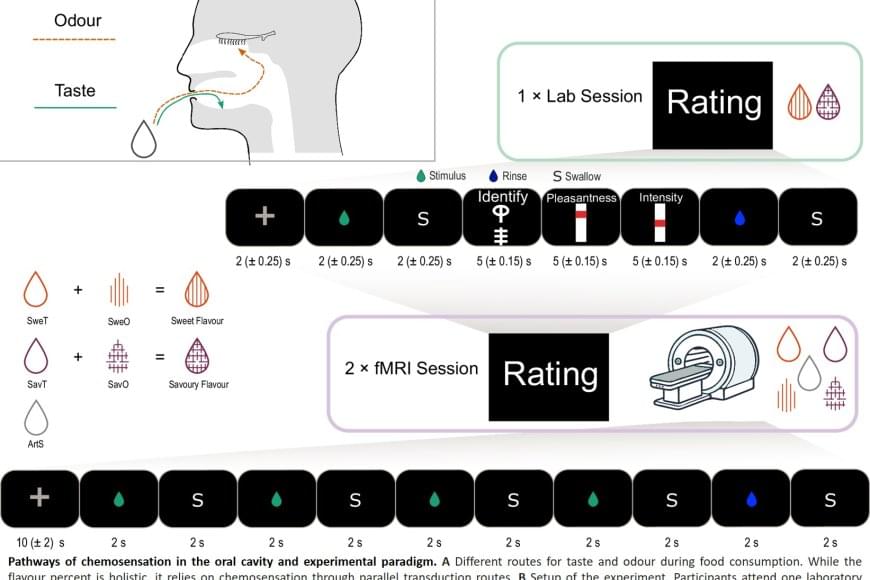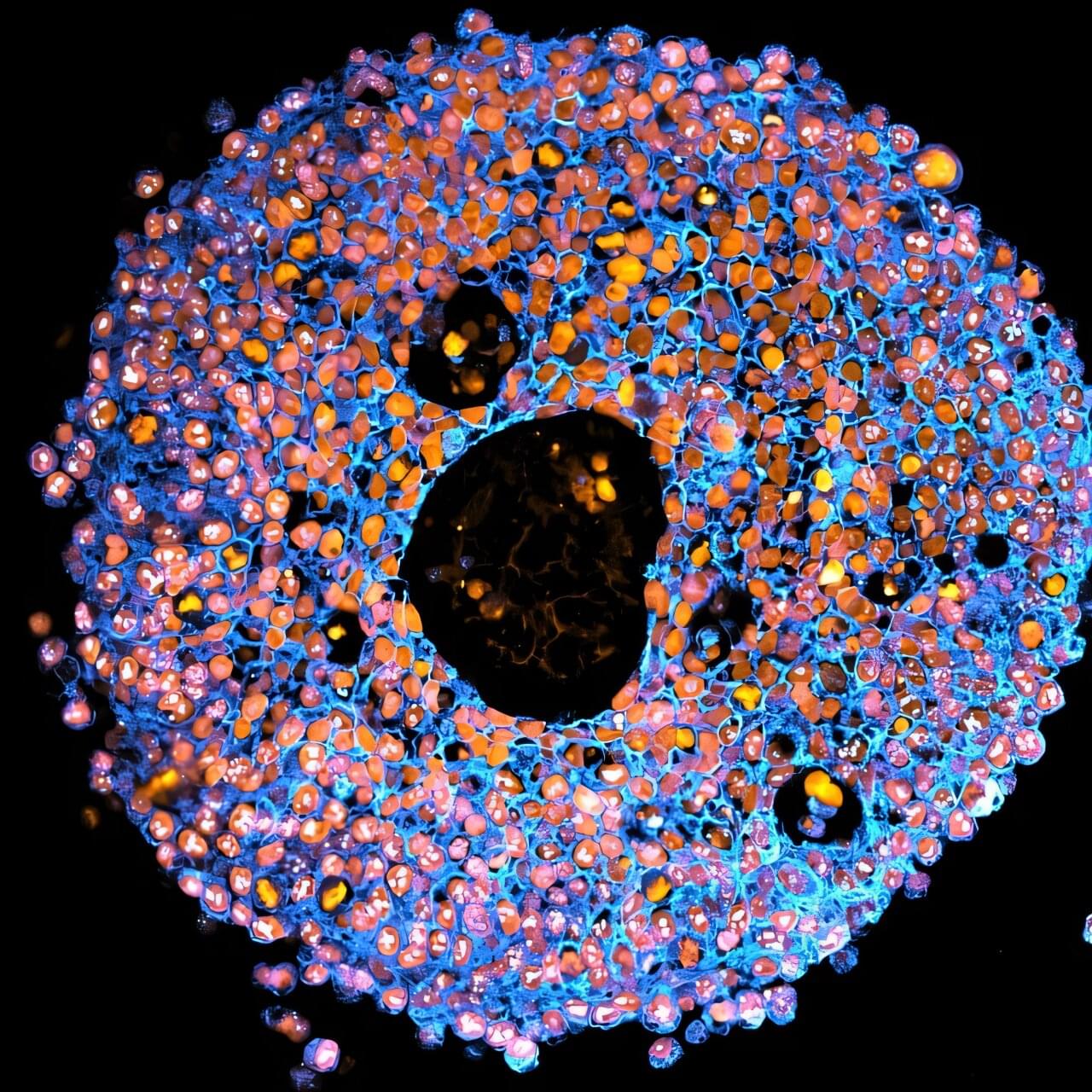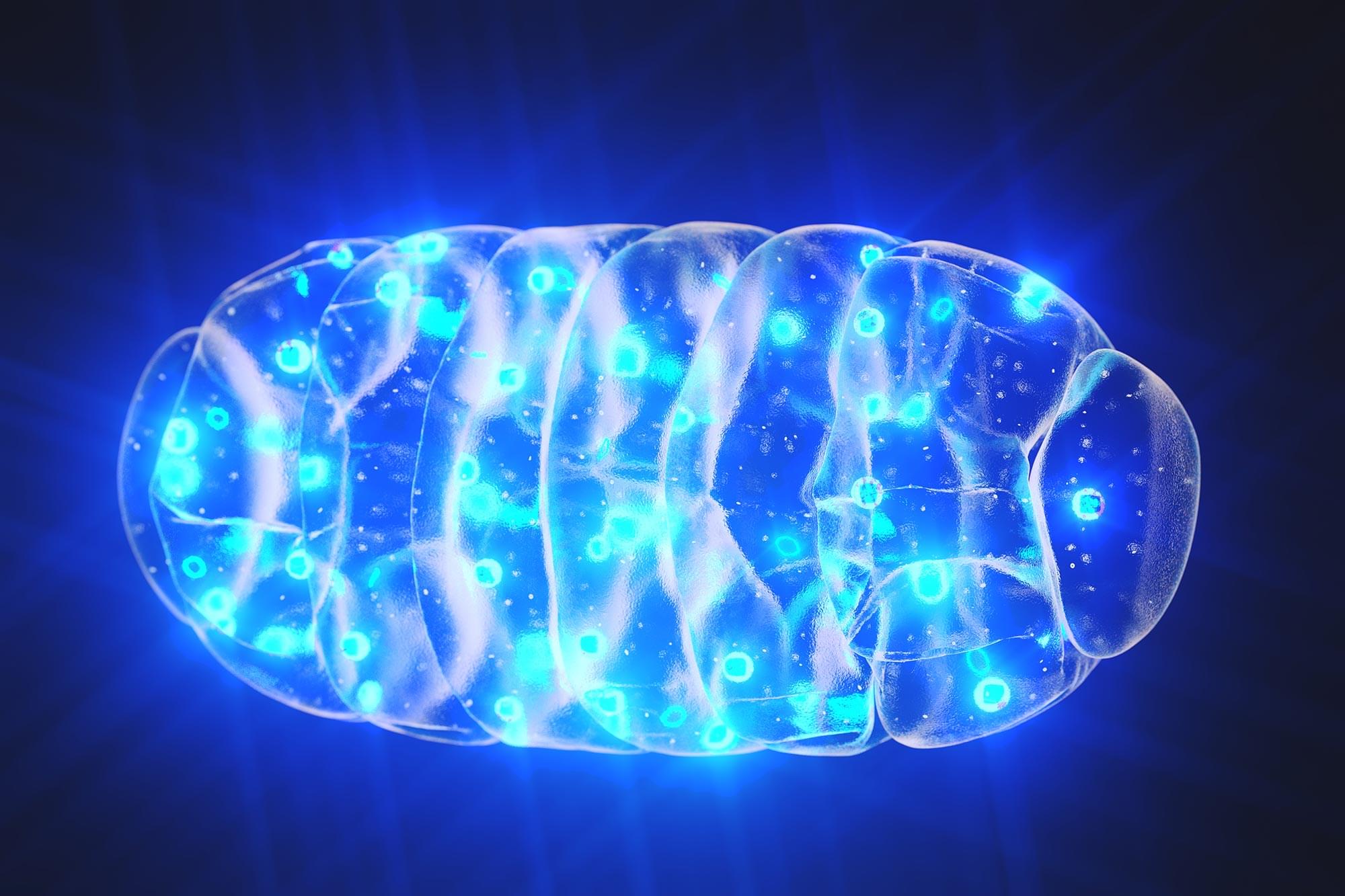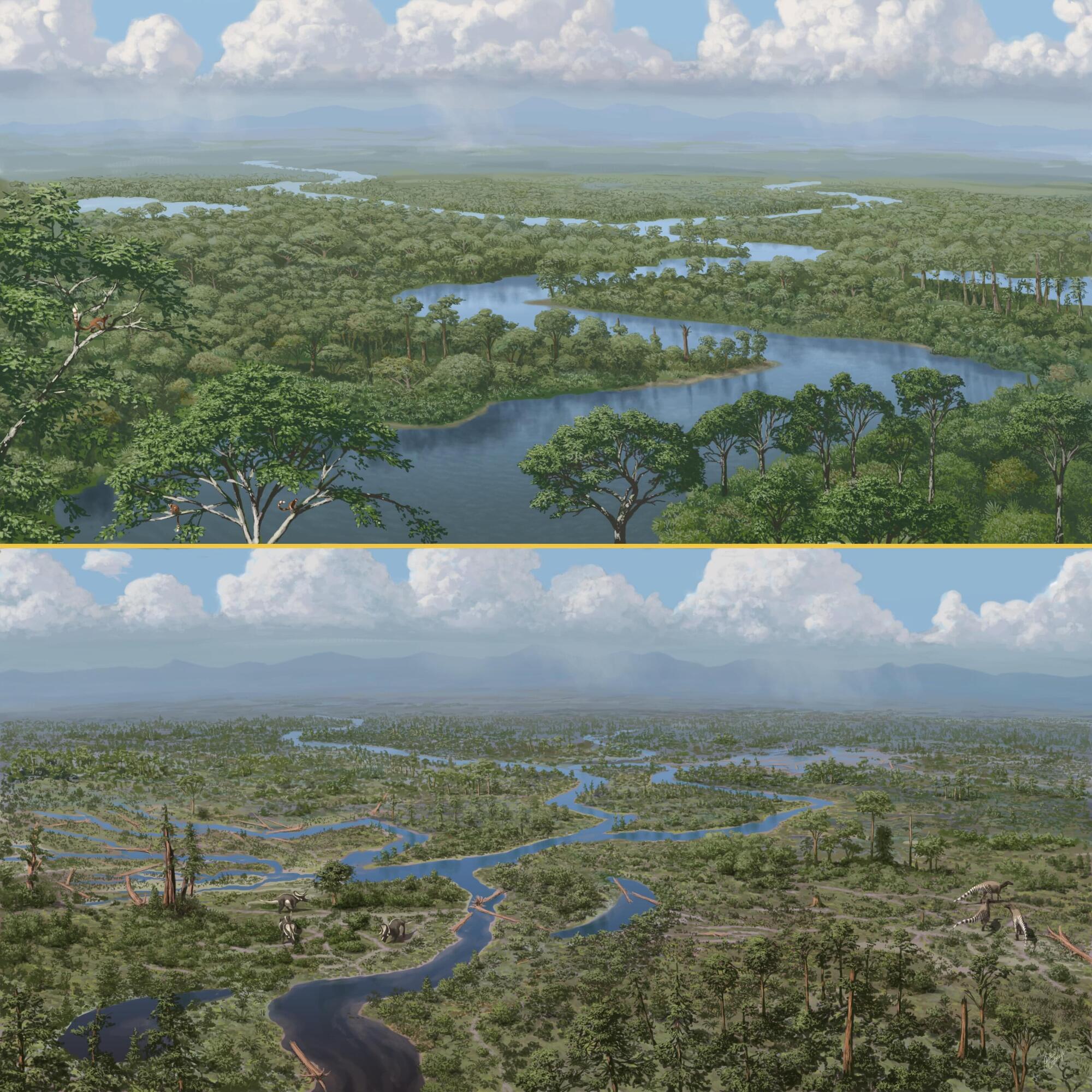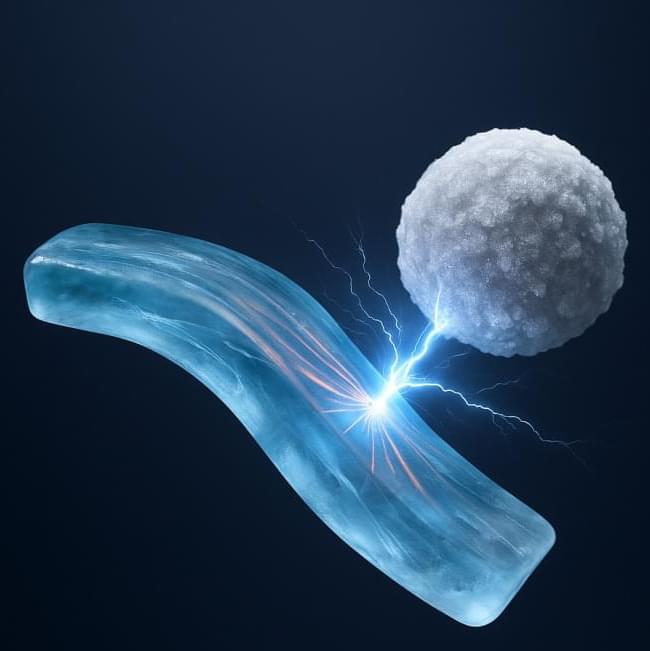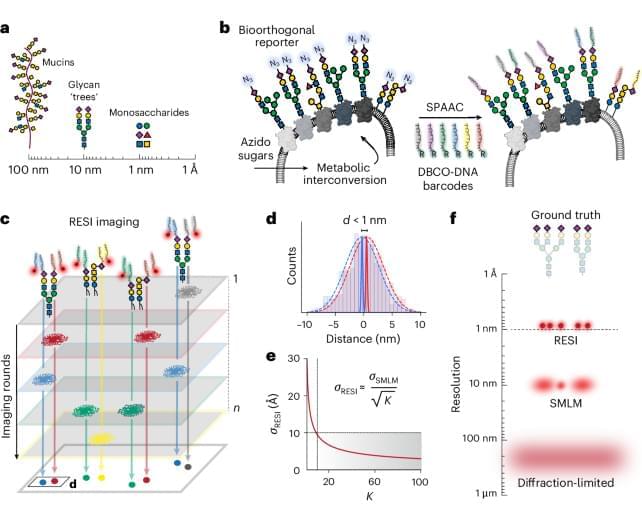“Surface charging may occur on satellite components, drag may increase on low-Earth-orbit satellites, and corrections may be needed for orientation problems,” the NOAA explains of G3 storms, adding “Intermittent satellite navigation and low-frequency radio navigation problems may occur, HF radio may be intermittent, and aurora has been seen as low as Illinois and Oregon (typically 50° geomagnetic lat.).”
Sun activity increases and decreases in an 11-year cycle known as the Schwabe cycle. From 1826 to 1843, German amateur astronomer Heinrich Schwabe observed the Sun, discovering that it rotates on its axis once every 27 days. He noticed the Sun goes from quiet periods, where no sunspots can be seen, to the maximum phase where 20 or more groups of sunspots can be seen.
During the solar cycle, storms can reach up to level G5, classified as “extreme”, around four times on average. While G3-strength storms are more common, with around 200 per solar cycle, they can still produce powerful aurora around the equinoxes due to something known as the “Russell-McPherron Effect”


